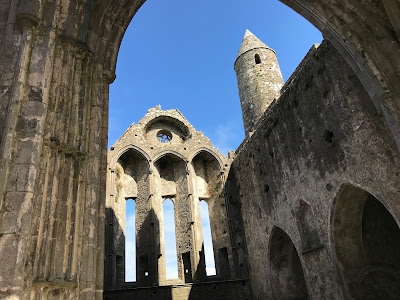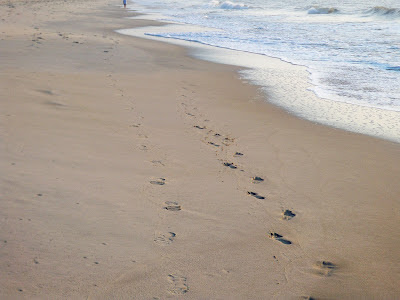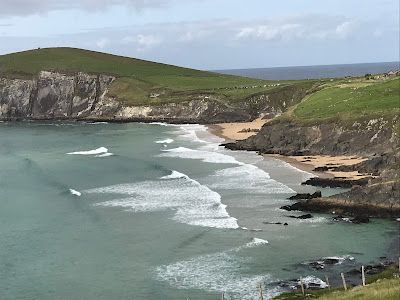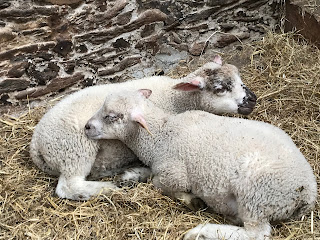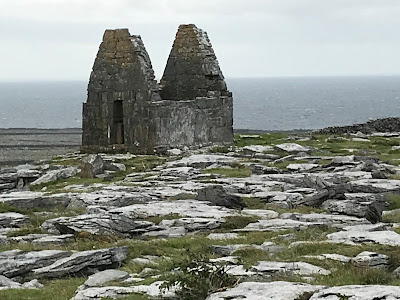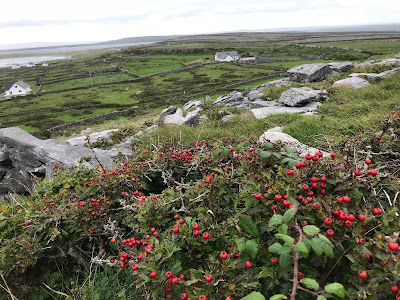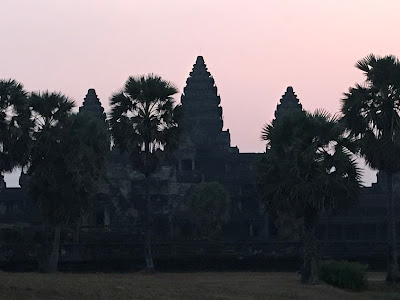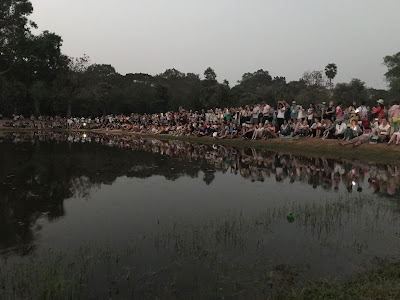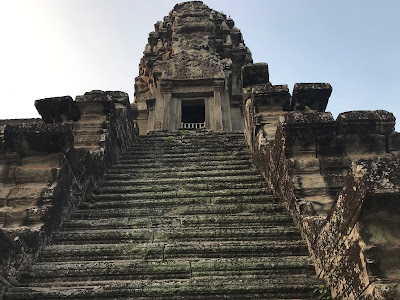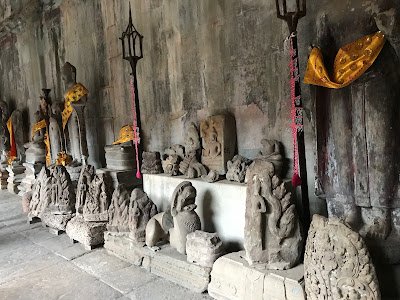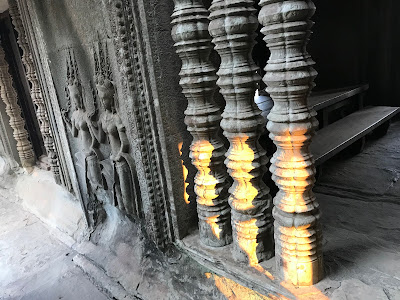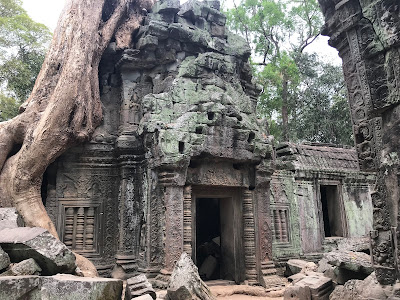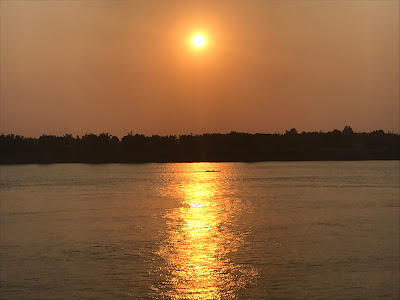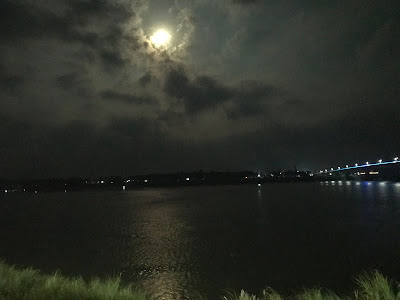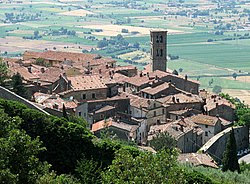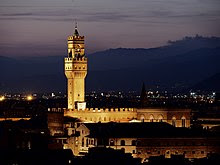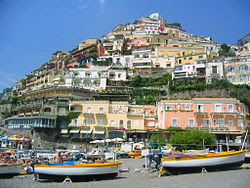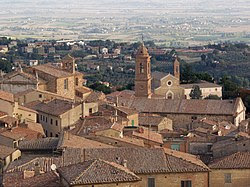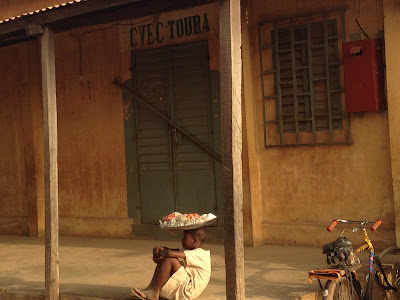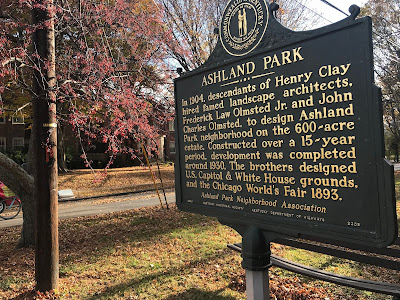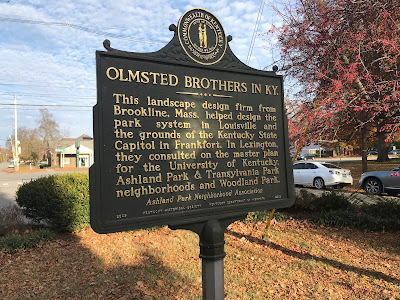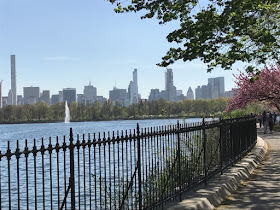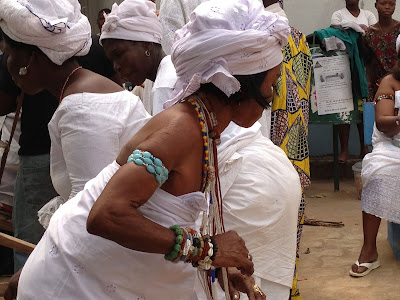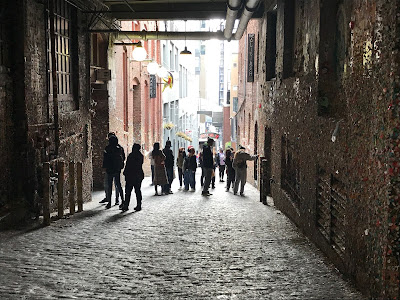Fairy Tales
We leave for the airport in two hours. The list of to-dos has been whittled down to the final item: “taxi to Dulles.” Traveling to Lisbon will be a three-stage process, involving an overnight flight to London, a layover, and an afternoon flight to Portugal.
Whenever I embark upon a holiday like this, I think back to my first European trip. I had saved and planned for months, had dreamed of it all my life. In the back of my mind was the possibility that maybe Europe, which I first learned about in fairy tales, was a fairy tale itself. Maybe it didn’t exist!
I can still remember standing with my friends in Luxembourg, mind addled by sleeplessness, ogling the castle and marveling that what I had hoped I would find was actually there. It was the beginning of two enchanted months in France, Belgium, England, Austria, Germany, Switzerland and Italy.
But not Portugal or Spain. I’ll be seeing those countries … soon.
